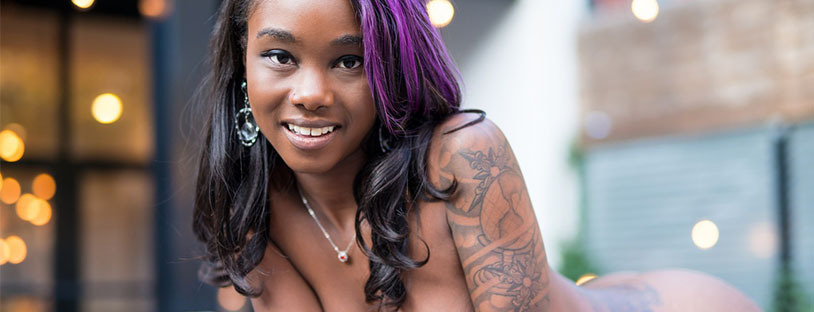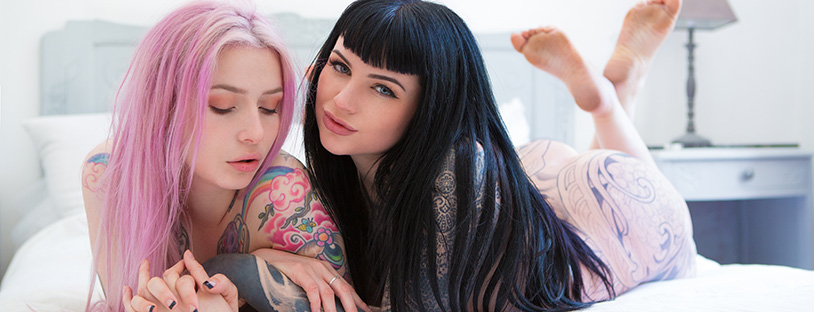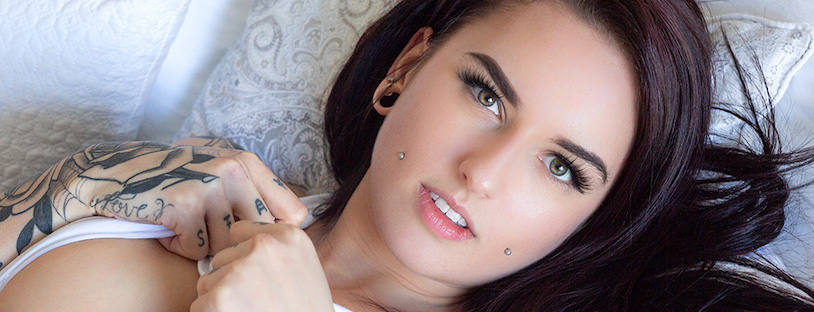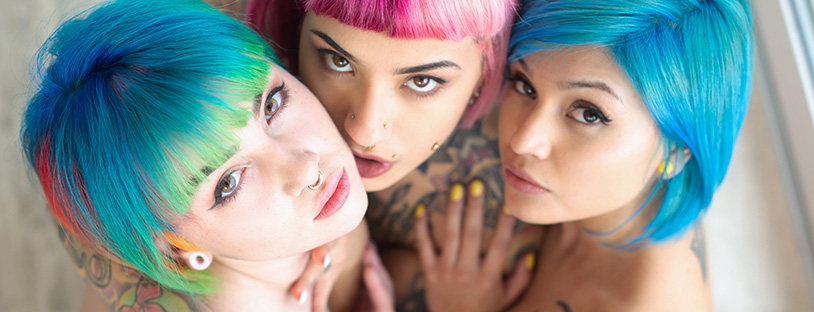Join Now
SuicideGirls… became famous for embracing beauty in every shape and form — meaning bodies covered in tattoos, having bright-colored hair, and being outside of traditional beauty norms were celebrated. The name comes from the idea that women who commit “social suicide” by being different come together.

A nation wide art-sleaze phenomenon.
It’s like a punk rock Vogue…with artful nude photos of women.

Fifteen years ago, a small-but-passionate community that celebrated beauty in alternative, pinup-style photography was born. It was called SuicideGirls.
They’re the girls next door - but more colorful and with better record collections.

SuicideGirls respond… in the best way possible.
The meeting place for people interested in alternative lifestyles.

SuicideGirls is as much about community as it is about naked photos of tattooed women.
SuicideGirls is redefining concepts of beauty across the globe.




